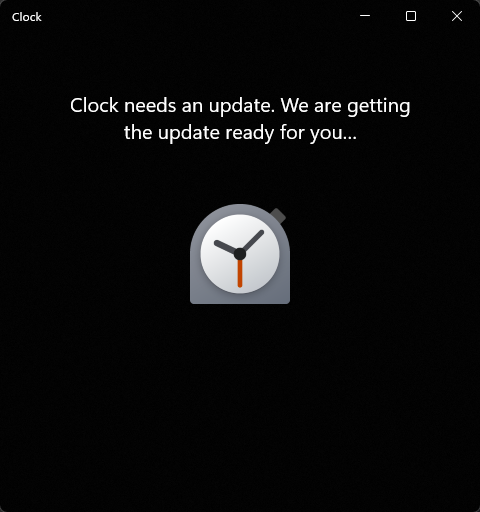Doesn't that imply you still have to open up your phone to temporarily share to your pc whenever you need it?
I have a mastodon account, I still check it occasionally and I've tried making it work a year ago, being active on it and following either people or hashtags. I also tried other networks like bsky and cara, or mastodon through kbin integration. None of them really worked out.
I didn't have an issue with the technical side as much as with the community and its mentality. They all have this persecution complex where everyone is out to get them and destroy their way of living. They simultaneously claim it's better and more morally superior than twitter while also responding to any questions or feedback with "if you don't like it GTFO". Most of the posts I've seen on mastodon seemed masturbatory and/or talking about other social networks and why are they bad than why is mastodon actually good. In many ways it was more toxic and negative than my carefully curated twitter feed. There's also as much doom and gloom as on twitter, if not more, when it comes to politics (or at least, it's harder to hide it).
The content in general was bad and boring but I don't know if this is because of the type of people that are on it or just because the lack of algorithm means I will see any random person's ramblings next to the biggest breaking news that I'm actually interested in. There is a lack of innovation in this area and it makes discoverability and content curation terrible, I don't need an algorithm to read my mind but at the very least I wish it could separate trash from actual popular topics.
I found some interesting niches when it comes to FOSS developers and tech but I found next to no actual game devs, artists or content creators on it and even the usual "copy content from twitter" bots were unreliable and uncommon.
TL;DR Mastodon seems very very niche and is not currently viable as a general replacement for other social networks, and IMHO due to the community culture there it's never going to grow into anything else either.
When you need more advanced stuff then GUIs tend to become more of a sticking point I find
What's stopping you just opening the terminal in those rare cases? For 99% of my daily needs I'm good with a good GUI
Git Fork is absolutely amazing. It has a good (unlimited) free trial but it is well worth the one time purchase too.
But to truly master Linux, you need to understand its internals, like how the system boots, how networking works, and what the kernel actually does. In this third edition of the bestselling How Linux Works, author Brian Ward peels back the layers of this well-loved operating system to make Linux internals accessible.
Isn't it too advanced? Seems like a good book but like the opposite of what I meant - I'm curious about beginner resources that will get people interested, knowledgeable and comfortable about using linux on a daily basis as much as they are with windows after decades of using it, not to turn them into a "superuser familiar with internals like kernel, networking, LVM".
I was so excited about Mint, seemed like the perfect distro to try but then I had nothing but issues on an laptop with nvidia. PopOS worked better right out of the box though
You can kinda see this in things like modding communities or anything piracy related too. Users just want easy solutions even if it's at the expense of creators, and creators are doing it more and more for money rather than any personal drive or satisfaction. I can't believe we've reached a point where even mods are being locked behind paywalls, need to be commissioned or sometimes have entire teams funded by patreon to work on them, it's just another business nowadays.
If our content gets federated to threads then it just means that google results will point to it first rather than to us, they will probably have better indexing and search features than the fediverse. People will also probably think the content originated on threads too (since that's where they see it and threads could easily obfuscate info like that) instead of who actually made it.
It could increase the short term engagement but in the long run, it will just serve to make threads better.
I agree completely. The discussion was what we replace English with however.
I'm not in favor of replacing English, I'm just saying if we want an alterantive I don't want it to be a nation-specific language again, so to speak.
I'm not disagreeing outright but... Why do we need more non English programming languages? Is there a specific practical reason?
The only language translation I'd maybe consider to accept in programming is Esperanto. Anything else just sounds like a terrible idea.
Cyno
0 post score0 comment score

It's no reddit in terms of quantity but honesty I've had higher quality topics and discussions here than there. Lemmy/kbin might not have taken off in the mainstream to offer a variety of subjects but when it comes to tech and software I think it's covered well enough and people are generally nicer about it. The main problem is lack of (remotely) good seach function, I dont think the threads are getting indexed by google and the on-site search is atrocious.
I don't know of any discord programming communities, I wish forums were still a thing but the only live one I know of is the jellyfin one after they moved from reddit. Other than that it's here or the various subreddits